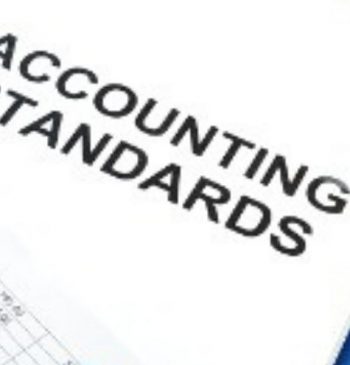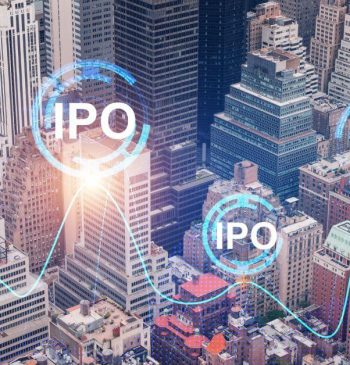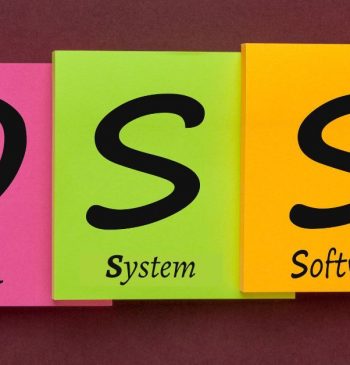15 Apr

The goodwill of any company is considered an intangible asset. Business goodwill is connected with business acquisitions, and it can be recorded when the purchase price is greater than the combination of the fair value of identifiable liabilities and assets. In simple words, goodwill is nothing but a reputation that company earns over a period of time.
It represents the nonphysical assets, such as the value created by a solid customer base, brand recognition, or management excellence.
In general, all aspects of your life require building goodwill among people. It is satisfying others to spread goodwill, and the same is true in business as well. Business success is primarily determined by the relationship you can build, so maintaining goodwill is essential in business. Goodwill is a component that helps businesses to comply with ongoing concern principles.
What is Goodwill in Accounting?
Goodwill comes into existence when a company purchases another company at a price higher than its fair market value. In addition, goodwill is the amount we get after subtracting the cost of the company being purchased from its fair market value. If the resulting amount is positive that means an acquiring company gets positive goodwill while if the amount is negative that means the company acquires negative goodwill.
Goodwill is shown in the balance sheet as an intangible asset because it has no physical existence like machinery, furniture, fixtures, etc. However, Companies are bound to calculate the value of goodwill every year as per generally accepted accounting principles(GAAP) and international financial reporting standards(IFRS).
Types of Goodwill
There are two types of goodwill
- Purchased goodwill
- Non-purchased or inherent goodwill
Goodwill Purchased
The purchased goodwill results when a business purchase is made for a higher price than the fair value of separated, acquired assets. Due to this, goodwill is shown as an asset on the balance sheet, whereas other types cannot be recognized.
Inherent Goodwill or Non-purchased.
In comparison to purchased goodwill, inherent goodwill represents the business’s value over its separable net assets. The inherent developing goodwill is an internal process that occurs over time due to reputation. Therefore, it could go either way, positive or negative. Inherent goodwill is a result of continuous struggle and efforts that is why it is also called non-purchased goodwill.
Features of Goodwill
- It is a unique asset that is not based on investments or costs.
- It comes under the category of intangible assets and does not have a physical form, but it is not hypothetical or fictional.
- Goodwill can not be separated from the business, and it can’t be sold separately like other identifiable assets.
How to Calculate Goodwill?
To calculate goodwill, we should take the company’s purchase price and subtract the fair market value of identifiable assets and liabilities.
Goodwill Formula
Goodwill=P- (A-L)
Where,
P=Purchase price of the target company
A=Fair market value of assets
L=Fair market value of liabilities
Example of Goodwill
Let us assume a company ABC LTD has (Assets-Liabilities)worth$100,000
Another company purchases ABC LTD.For $150,000.The value comes out to be $50,000
Going by the formula of goodwill
The above calculation shows that the access of $50,000 paid by a company is the amount paid for goodwill
Factor Affecting Goodwill
Location of the business
A business that is located in a suitable location will have a more favorable time of higher goodwill than the business situated in a side area.
Quality of goods and services
A business that provides a higher quality of goods and services can earn more goodwill than competitors who offer inferior services and goods.
Management
Efficient management leads to cost efficiency and increased productivity. If a firm’s management is efficient, superior-quality products can be produced at a low cost. These can be sold at a lower price. Excellent quality at a lower price enables a firm to earn higher goodwill.
Economies of Scale
Suppose a firm enjoys particular advantages like Continuous supply of power, Fuel, and raw materials at a low price and produces quality products on a large scale. In that case, the firms enjoy a higher value of goodwill.
Market Structure
If a firm operates in a monopoly market with no close substitutes, there will be more goodwill for the firm.
Characteristics of Goodwill
- Goodwill assists the business to enjoy its upper hand over its counterpart
- Goodwill is an intangible asset
- It is not fictitious assets
- Goodwill helps in earning supernormal profits against the expected profit
- It enhances the future as well as the present earning capacity of the business
- Goodwill challenging to ascertain the exact value of goodwill
Importance of Goodwill in Business
Creating goodwill can take several forms, from implementing customer appreciation programs to providing extra services. In comparison, business owners will obtain several benefits in return. Some examples are mentioned below that how goodwill can benefit your business.
- Boosts Brand Loyalty
- It can Help You Stand Out
- Inspires forgiveness
- Improves Your Business’ Value
Key Takeaways
- Two types of goodwill are purchase goodwill and inherent goodwill.
- Three methods are used to evaluate goodwill: super Profits, Average Capitalization method, and average profit.
Marjina Muskaan has over 5+ years of experience writing about finance, accounting, and enterprise topics. She was previously a senior writer at Invyce.com, where she created engaging and informative content that made complex financial concepts easy to understand.
Related Post
Copyright © 2024 – Powered by uConnect



Marjina Muskaan